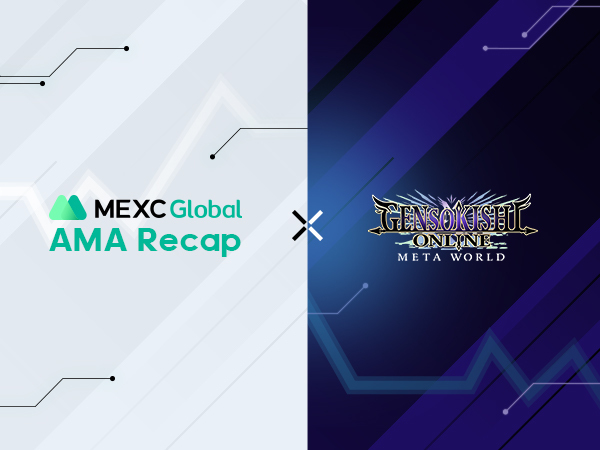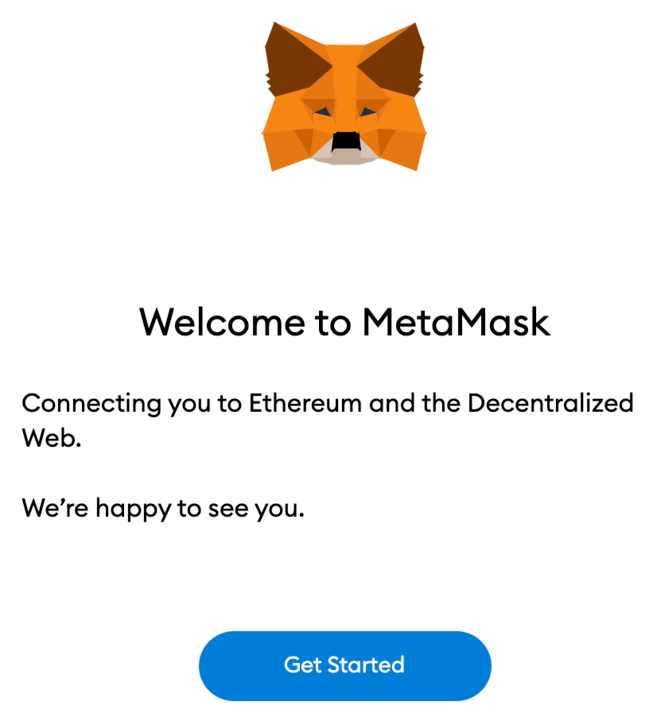
Key Highlights
- The Ruling: The SEC expands the definition of “broker” and “exchange” to include some decentralized platforms and automated protocols.
- Immediate Impact: DeFi front-end operators, NFT marketplaces, and liquidity providers may fall under new compliance obligations.
- Industry Reaction: Critics warn that overreach could stifle innovation and drive builders offshore.
- Global Ripple Effects: Regulators in the EU and Asia are watching closely as they shape their own Web3 frameworks.
- Long-Term Outlook: The case underscores a growing need for clearer global standards balancing compliance with decentralization.
1.The SEC’s Latest Ruling. What Happened?
In early October 2025, the U.S. SEC issued updated guidance redefining what constitutes a “broker” and “exchange” under federal securities law. The key shift? For the first time, the SEC included “communication protocols, decentralized trading platforms, and automated market-making software” as potential entities facilitating securities transactions.
This means that certain DeFi protocols, NFT marketplaces, and DEX interfaces could now be subject to the same registration and compliance requirements as traditional exchanges like Nasdaq or Coinbase.
The ruling stems from the SEC’s ongoing mission to “protect investors and maintain market integrity,” but it also blurs the line between technology and financial intermediary — a tension that lies at the heart of Web3’s regulatory battles.
“If you facilitate the trade of securities, even algorithmically, you may be deemed a broker,” SEC Chair Gary Gensler reiterated during a press briefing.
Core takeaway: The SEC’s language doesn’t differentiate between centralized custodial platforms and decentralized, autonomous protocols, which has triggered strong pushback from the DeFi community.
2.Why the Ruling Matters for DeFi
The decentralized finance (DeFi) ecosystem was built on open access and self-custody, removing intermediaries from lending, trading, and yield generation. But the new SEC interpretation challenges that foundation.
Under the ruling, front-end operators of DEXs (decentralized exchanges) even if their smart contracts are open-source and autonomous, could be considered “brokers” or “exchange facilitators.”
That means they might be required to:
- Register with the SEC or operate under an exemption,
- Implement KYC/AML processes,
- Disclose protocol operations, and
- Report user transaction data on demand.
For protocols like Uniswap, Curve, and Aave, this could create a significant legal and operational dilemma.
- If they comply, they risk compromising decentralization.
- If they don’t, they risk exclusion from the U.S. market or enforcement actions.
“Regulating open-source code like a Wall Street exchange doesn’t make sense,” one DeFi developer commented anonymously. “It’s like licensing a spreadsheet because it can calculate interest.”
Impact on liquidity: Institutional players may pause DeFi exposure due to regulatory uncertainty, leading to short-term liquidity contractions. However, it could also accelerate offshore DeFi growth in jurisdictions with more flexible frameworks.
3.The NFT Angle: Creative Freedom Meets Compliance
While the ruling primarily targets financial protocols, its implications for NFT projects are significant too.
The SEC reaffirmed that NFTs with profit expectations or fractional ownership structures could qualify as securities under the Howey Test. That means NFT marketplaces facilitating the sale of such assets may also fall within the definition of an “exchange.”
This affects:
- Fractionalized NFT platforms (e.g., those tokenizing digital art or real-world assets),
- Gaming projects offering yield-bearing in-game NFTs, and
- Creators launching NFT collections promising future utility or token rewards.
Platforms like Blur, Magic Eden, and OpenSea may soon need to evaluate whether listings involve securities-like features or risk enforcement.
The irony: NFTs began as a celebration of creative autonomy. Now, artists and developers are caught in a tug-of-war between innovation and legal uncertainty.
4.Industry Reaction: “Innovation Can’t Thrive in Fear”
The response from the Web3 community was immediate and fierce.
Crypto policy groups, DeFi DAOs, and NFT collectives have argued that the SEC’s broad interpretation undermines innovation and conflicts with global competitiveness goals.
The Blockchain Association and Coin Center issued joint statements emphasizing that open-source developers shouldn’t be treated as intermediaries simply for publishing code.
“This approach risks criminalizing innovation and pushing responsible actors out of the U.S.,” wrote Coin Center’s executive director, Jerry Brito.
Meanwhile, developers are already exploring compliance-light solutions, such as:
- Deploying fully autonomous smart contracts with no front-end operators,
- Establishing offshore DAOs under regulatory sandboxes, and
- Integrating zero-knowledge (ZK) compliance frameworks that allow verification without revealing user data.
The broader concern is that the U.S. may lose leadership in digital innovation, just as Europe advances with MiCA and Asia embraces tokenization frameworks.
5.Global Regulatory Ripple Effects
The SEC’s stance rarely exists in isolation. Other regions are observing — and reacting.
- European Union: Under the Markets in Crypto-Assets (MiCA) regulation, decentralized protocols are not yet clearly defined. However, European policymakers are already debating how to reconcile MiCA’s issuer-focused model with DeFi’s autonomy.
- United Kingdom: The Financial Conduct Authority (FCA) has hinted at exploring a “proportionate DeFi regime” that recognizes non-custodial models.
- Singapore and Hong Kong: Both are courting Web3 firms with licensing clarity, contrasting sharply with U.S. ambiguity.
- Nigeria and Kenya: Regulatory sandboxes for blockchain payments and DeFi micro-lending are emerging as testbeds for innovation in developing markets.
The contrast is clear: While the U.S. tightens its grip, other jurisdictions see opportunity in openness — potentially attracting displaced talent and capital.

6.What This Means for Builders and Investors
For builders: This ruling signals the importance of building compliance-aware architectures. DeFi projects are beginning to integrate on-chain governance with legal wrappers, such as Foundation or LLC-based DAOs, to mitigate liability.
Projects may also pivot toward decentralized front-ends, ensuring no single operator can be targeted for enforcement.
For investors: Short-term volatility in DeFi and NFT token prices is expected as markets react to potential enforcement actions. But long-term, the ruling could accelerate innovation in privacy tech, compliance automation, and decentralized identity (DID).
Sectors likely to benefit:
- ZK Proof infrastructure (for privacy-compliant KYC)
- DAO governance tooling (for transparent voting and legal clarity)
- Cross-border stablecoins and non-U.S. DeFi platforms
7.The Path Forward: Regulation or Redefinition?
The SEC’s latest move reflects a deeper philosophical clash: Should code be regulated like institutions, or should new frameworks emerge for autonomous systems?
Web3’s ethos is built on transparency, composability, and inclusivity — principles that traditional compliance frameworks often overlook. However, as global capital flows into tokenized assets and DeFi markets surpass $100B in TVL again, regulation becomes inevitable.
The solution likely lies in collaboration, not confrontation.
- Builders must engage with policymakers early.
- Regulators must understand the unique risks and structures of decentralized systems.
- Users must demand transparency and choice without sacrificing innovation.
As one DeFi founder aptly put it: “Innovation doesn’t need to be unregulated. It needs to be understood.”

8.Conclusion
The SEC’s latest ruling is a reminder that Web3’s biggest challenge isn’t technological — it’s regulatory alignment. While the intent may be investor protection, the execution risks undermining the very principles that make decentralized systems transformative.
DeFi and NFTs now stand at a crossroads: compliance or decentralization, restriction or reinvention. Yet, as history shows, every wave of regulation has also sparked a new generation of builders determined to design smarter, safer, and more resilient systems.
The future of Web3 will depend on how the industry adapts — not by evading oversight, but by redefining it through innovation.
Disclaimer: This content does not constitute investment, tax, legal, financial, or accounting advice. MEXC provides this information for educational purposes only. Always DYOR, understand the risks, and invest responsibly.
Join MEXC and Get up to $10,000 Bonus!
Sign Up


